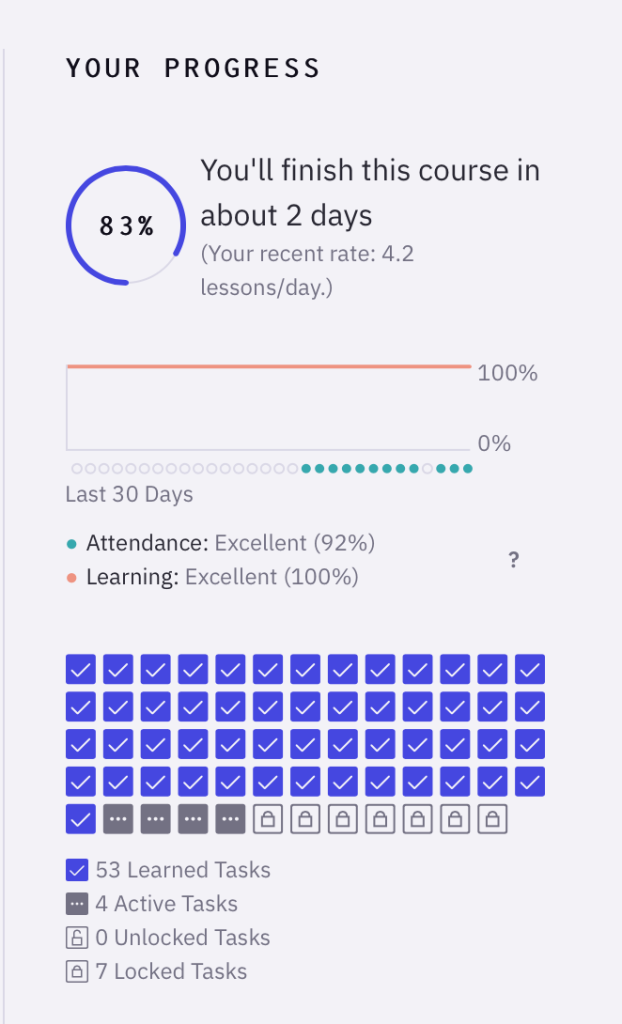Ten years ago Ryan Boren committed to the WordPress open-source project a two-line change I had suggested. I wasn’t ecstatic, but there was this warm feeling of being useful.

In the next few years I regularly contributed to WordPress. Not too much, but often. What kept me around wasn’t programming itself or the hard technical challenges, but three other reasons: being useful, the safe path to learning responsibility, and that everybody was so nice.
I contributed translations and code for the internationalization infrastructure (affectionately known as “i18n”). Translators rarely know much about code and since a lot of the developers were from English-speaking countries they didn’t know much about encoding, unicode, or how to make texts easy to translate. I was in the lucky intersection of both and that exact place made me useful.
Our jobs often make us work hard to achieve great things together and it’s worth it. But they often fail to make us feel useful in the simplest ways. Not as a part of a big machine stomping ahead, or a part of a great team changing the world, but just as person helping another person with their problem. I helped translators with their formatting problems or developers, who had been struggling with encoding bugs for days. I wasn’t assigned to fix those problems, the fact that it was a human on the other side just felt good.
Then people started to notice. In about a year I became the maintainer of the internationalization corner of WordPress. Now I had responsibilities. But those were responsibilities with training wheels – vague and weak expectations, even vaguer schedule, all the freedom in the world, an easy way out (“I am busy at my day job” works wonders). My task was simple, but I started to understand what it’s like when people depend on you. At the time I was a junior developer at my job and there was always somebody looking over my shoulder and making sure I was making progress. It wasn’t like that with WordPress. If I wanted internationalization to be covered before a release, I had to take the initiative or it wouldn’t happen and many people would be left unhelped.
Motivation and responsibility aren’t usually part of the “contributing to open-source” conversation. And yet, that’s what I learned from my first years of working with WordPress. Most of my programming I learned elsewhere, but contributing to WordPress boosted my soft skills – I learned to write better, I learned to deal with (and ultimately help) random people on the internet, I learned to manage a project, without giving assignments, I learned to be motivated for the right reasons.
Less than three years after my first contribution, I joined Automattic. It is one of the biggest contributors to WordPress and the company behind WordPress.com. I have been working there ever since (more than seven years now), because the culture was built around the same open-source values. We strive to help people for all the right reasons.
I don’t know if you’ll be as lucky as me, but contributing to open-source projects seems worth the try.



